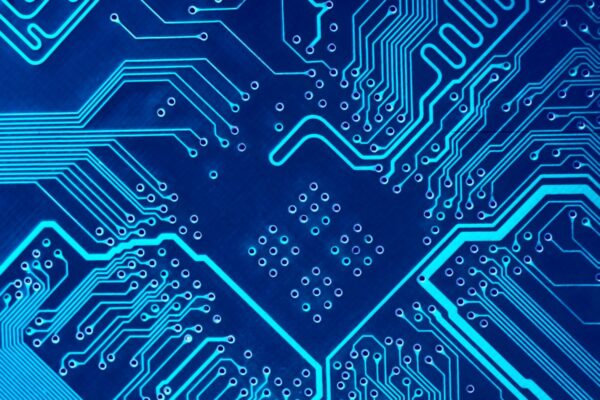What is Cross-Linking
In PCB, cross-linking is the process of chemically bonding or connecting polymer chains together to form a three-dimensional network structure. This process enhances the mechanical strength, thermal stability, and chemical resistance of materials used in PCB manufacturing. There are two types of cross-linking mentioned: chemical covalent cross-links and physical cross-links.
- Chemical covalent cross-links are formed by strong covalent bonds between polymer chains. These bonds are stable mechanically and thermally, making them difficult to break. Once formed, cross-linked products, such as car tires, cannot be easily recycled.
- Physical cross-links, on the other hand, are formed by weak interactions between polymer chains. Examples of physical cross-links include ionic bonds and hydrogen bonds. Physical cross-linked materials offer a wider range of properties but are less mechanically and thermally stable compared to chemically cross-linked materials.
In the PCB industry, cross-linking is important as it improves the properties and performance of materials used in PCB manufacturing. It can be evaluated through swelling tests, and the degree of crosslinking can be calculated using mathematical theories or standardized methods such as ASTM standards.





